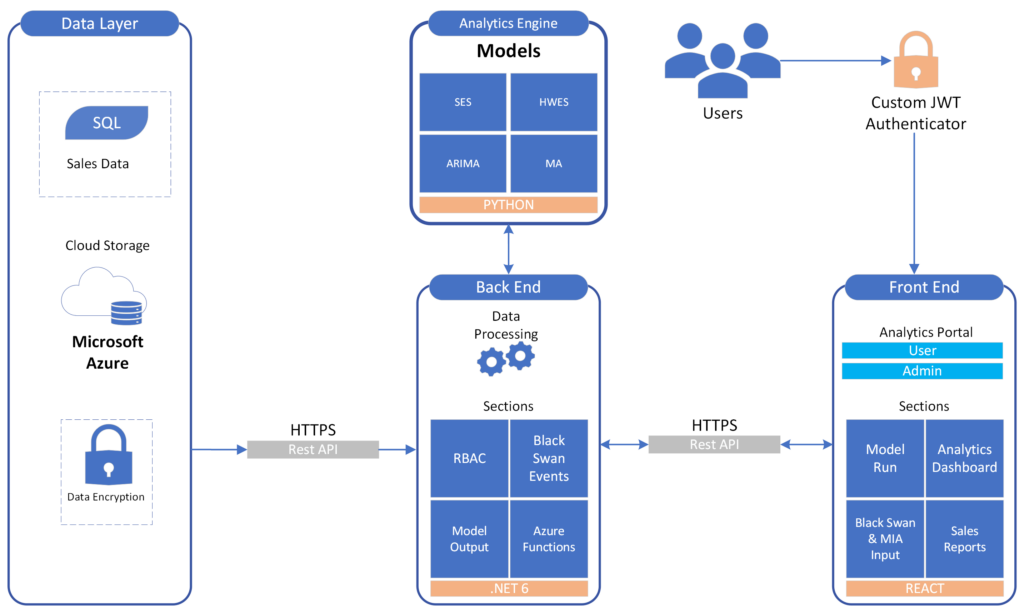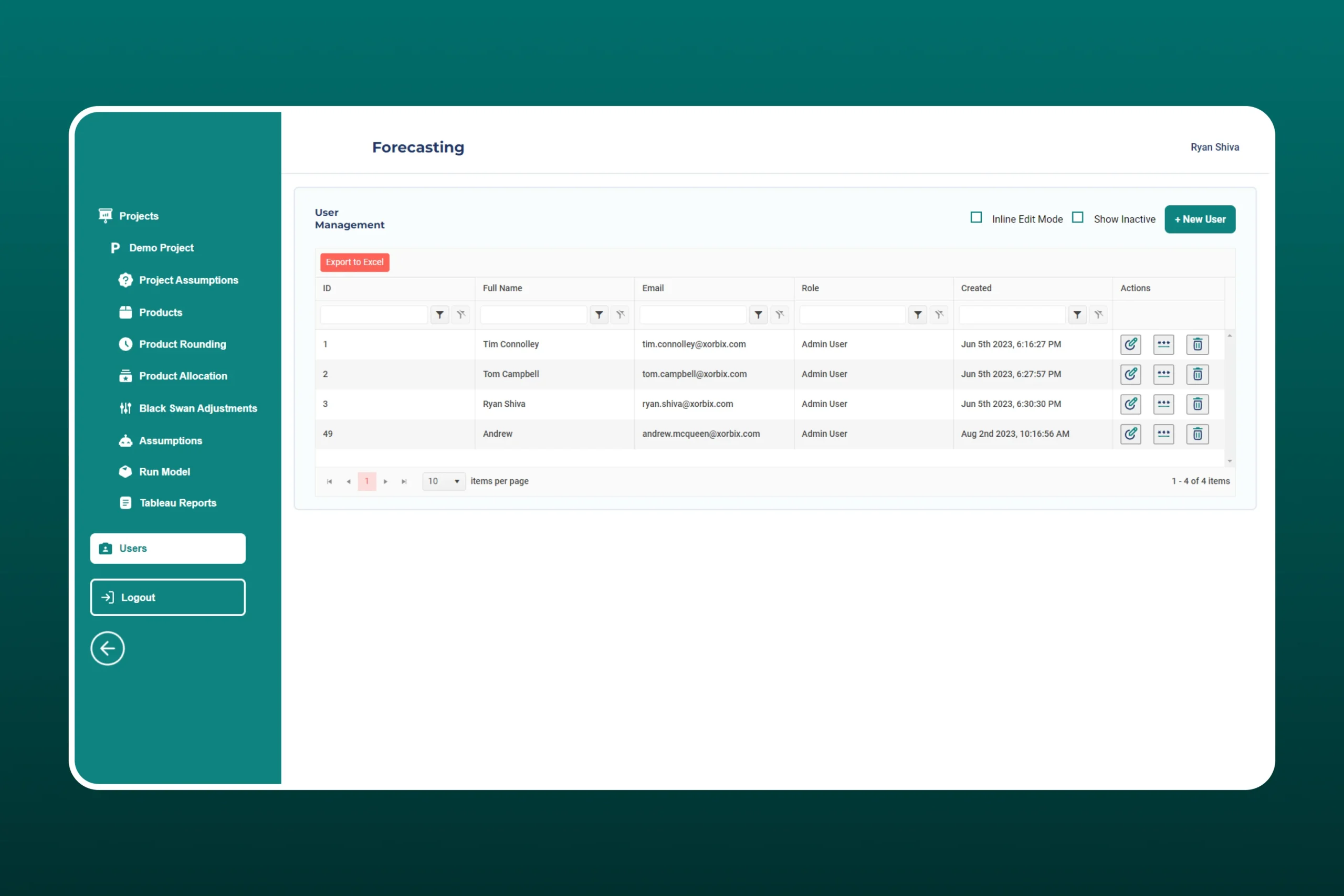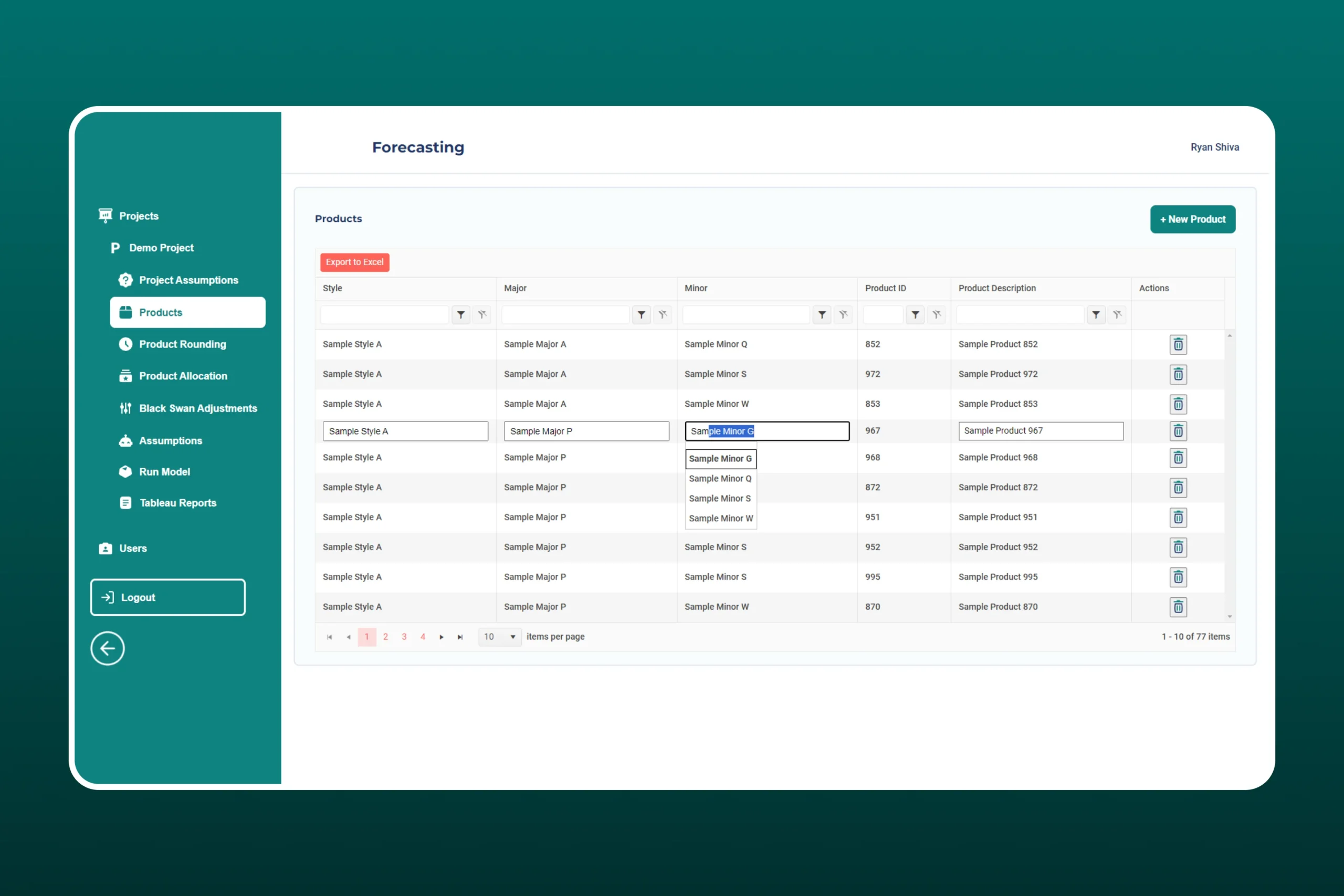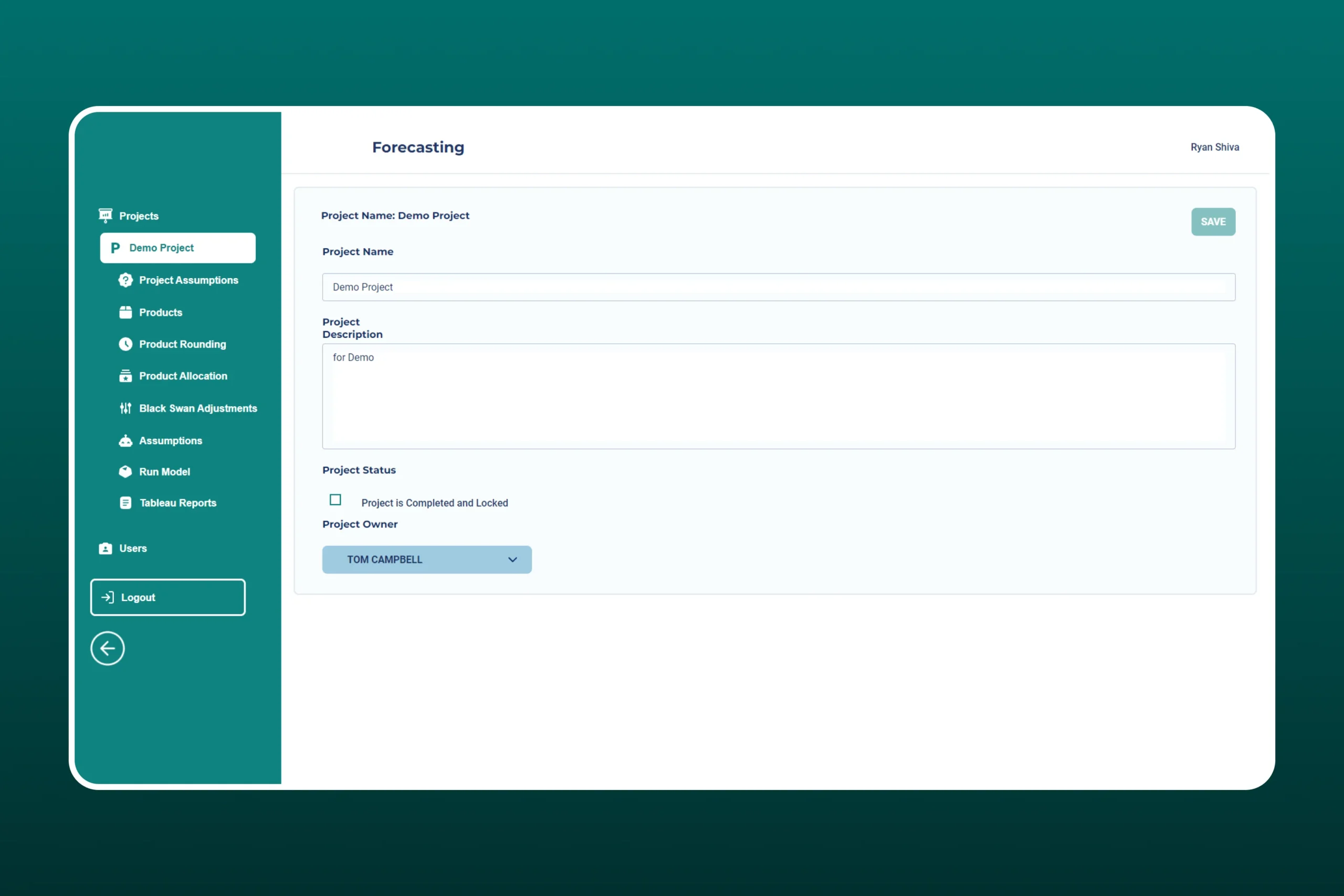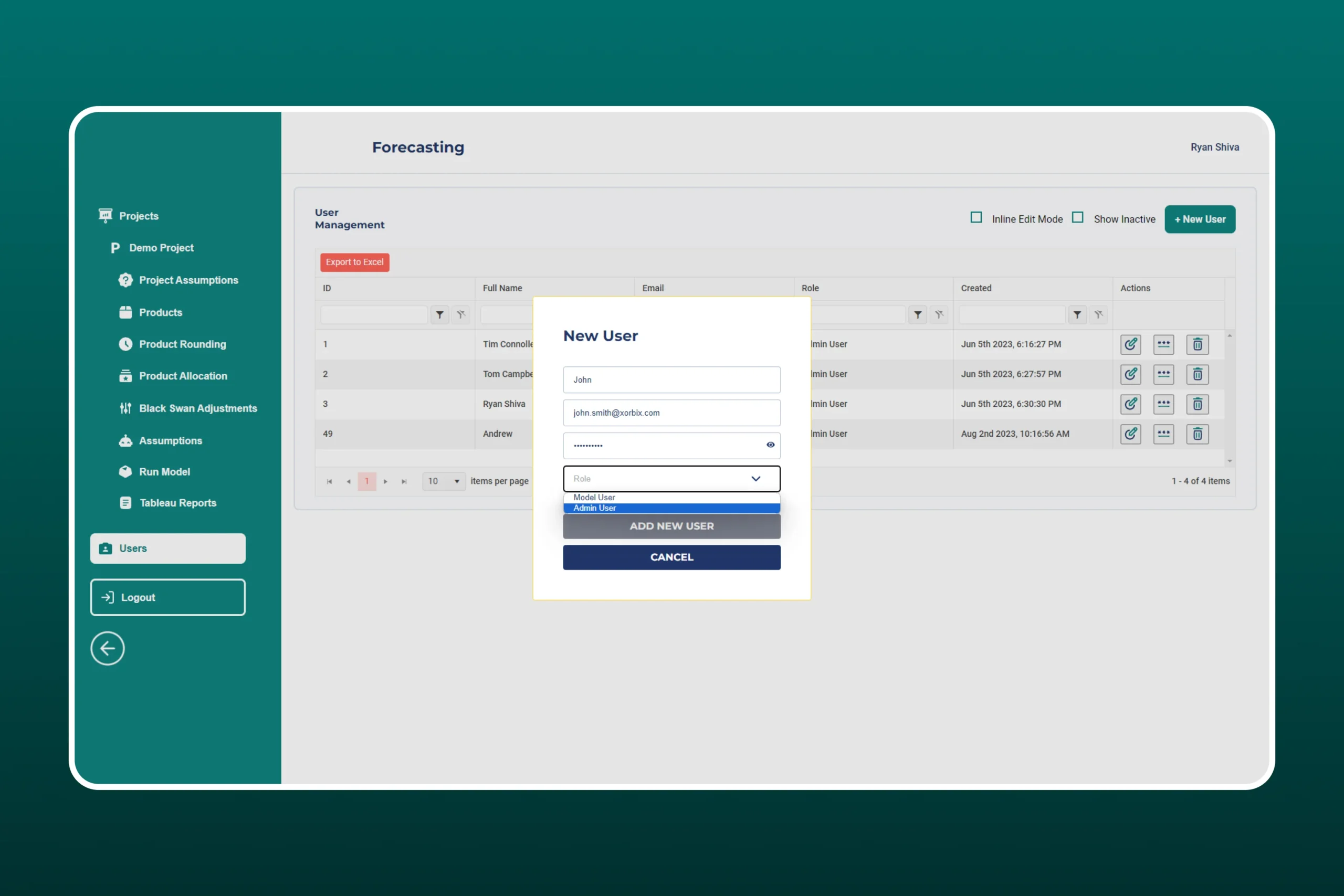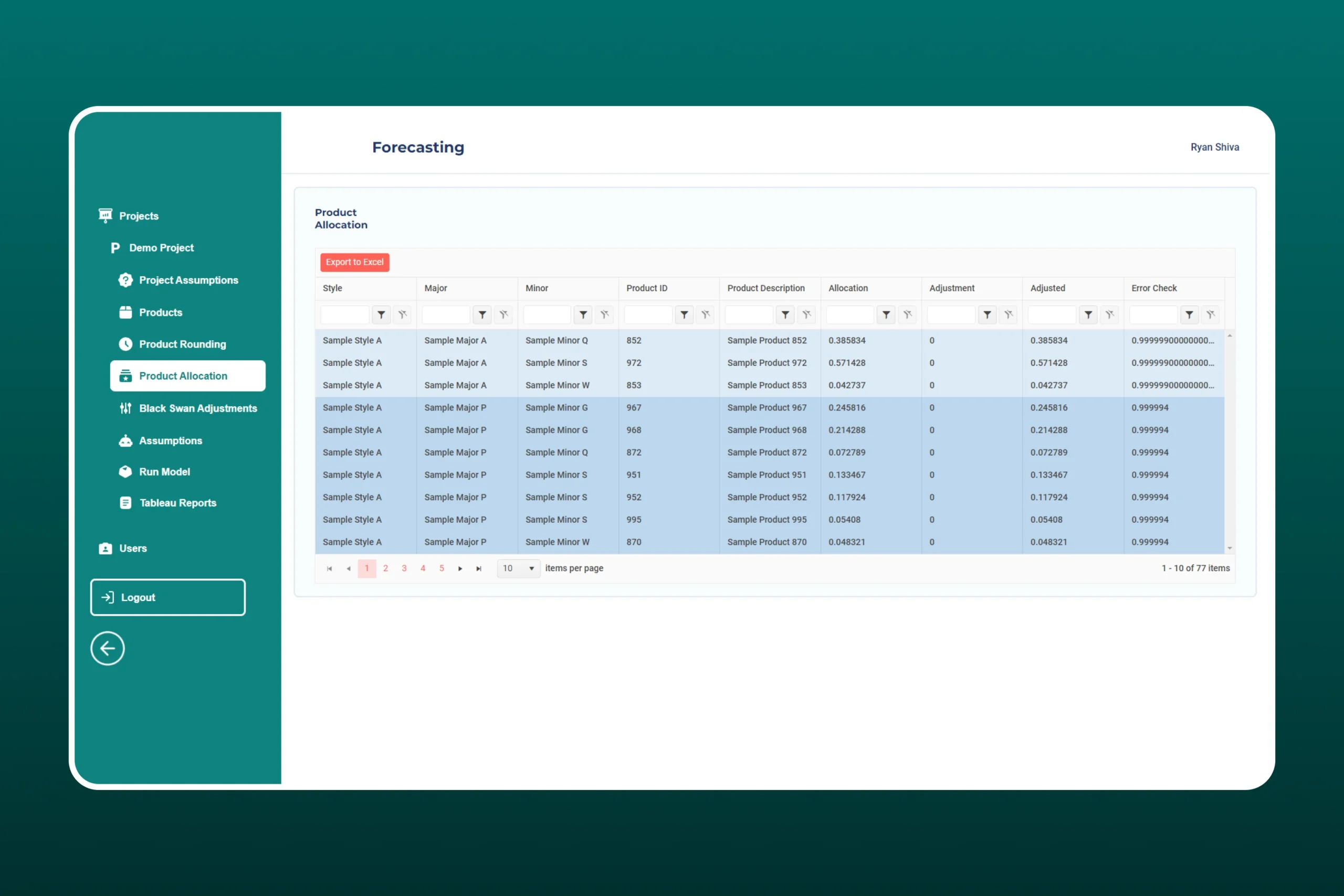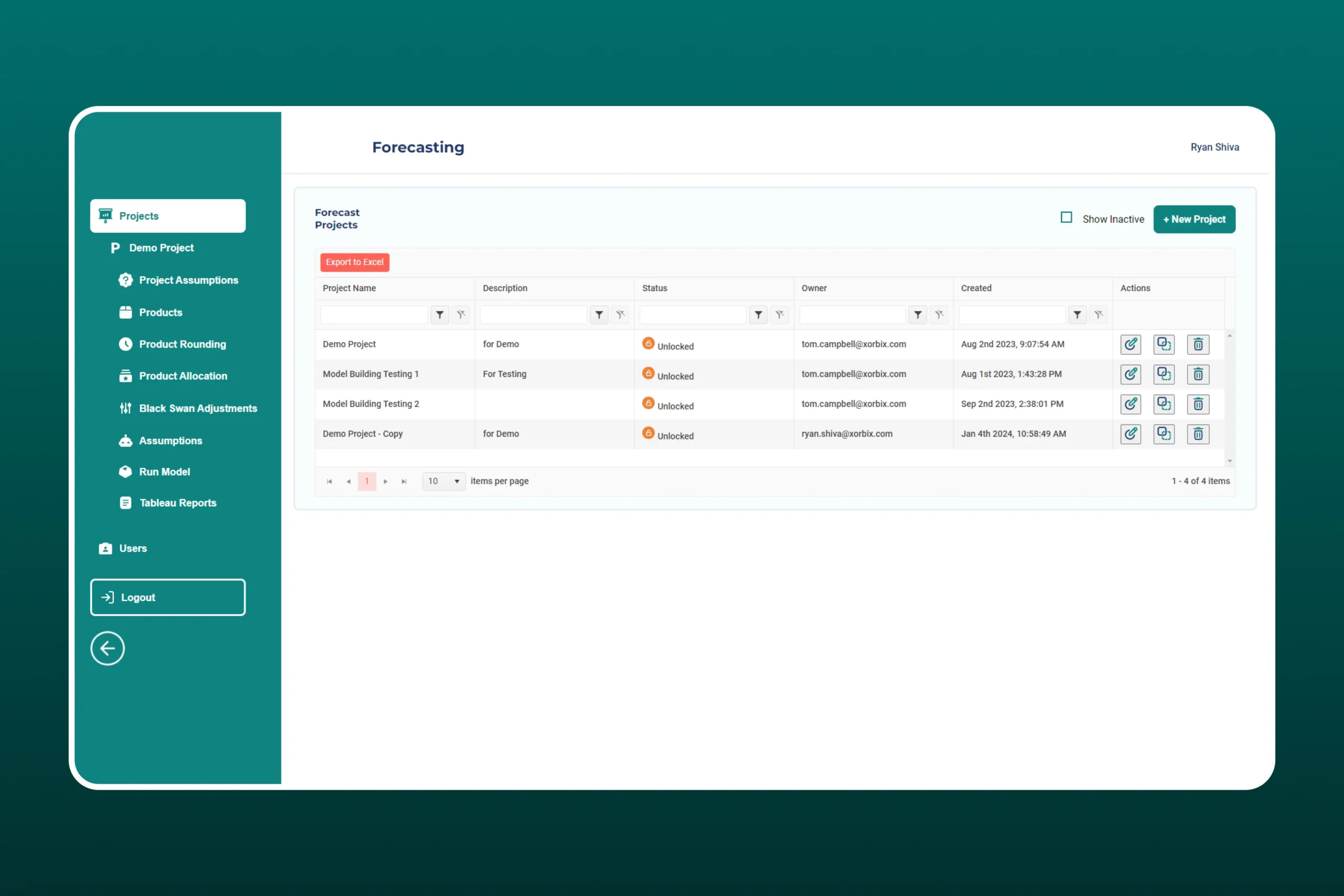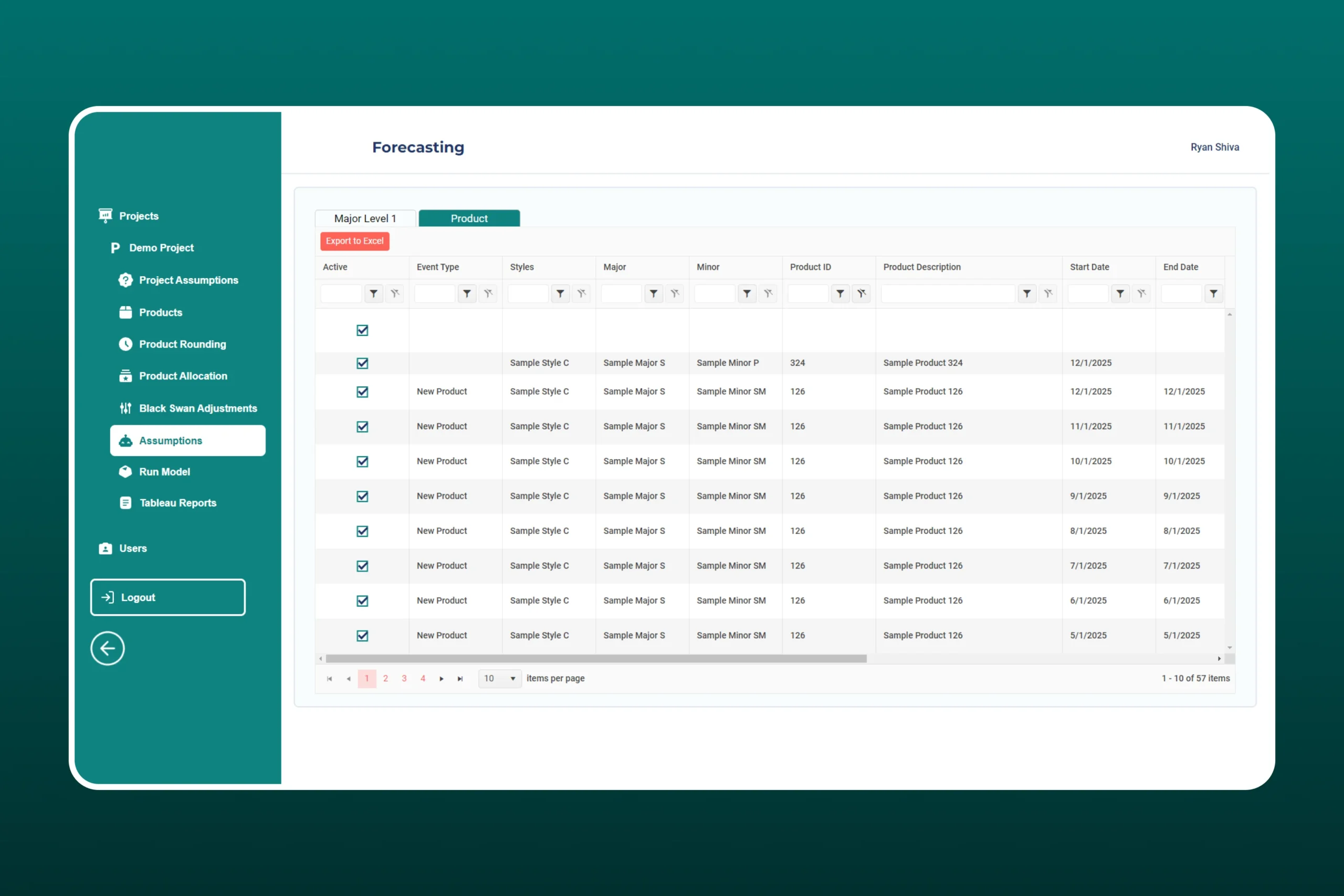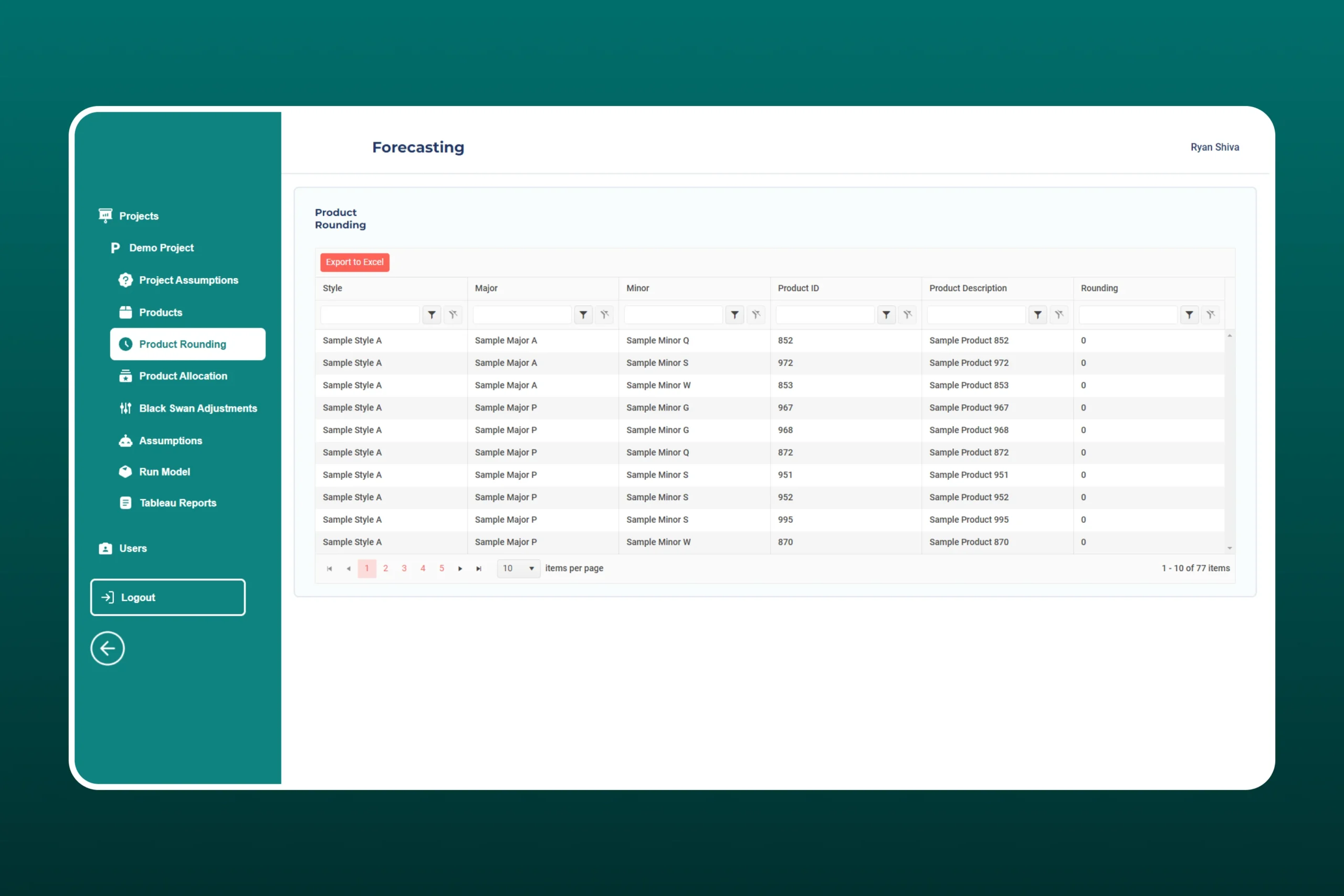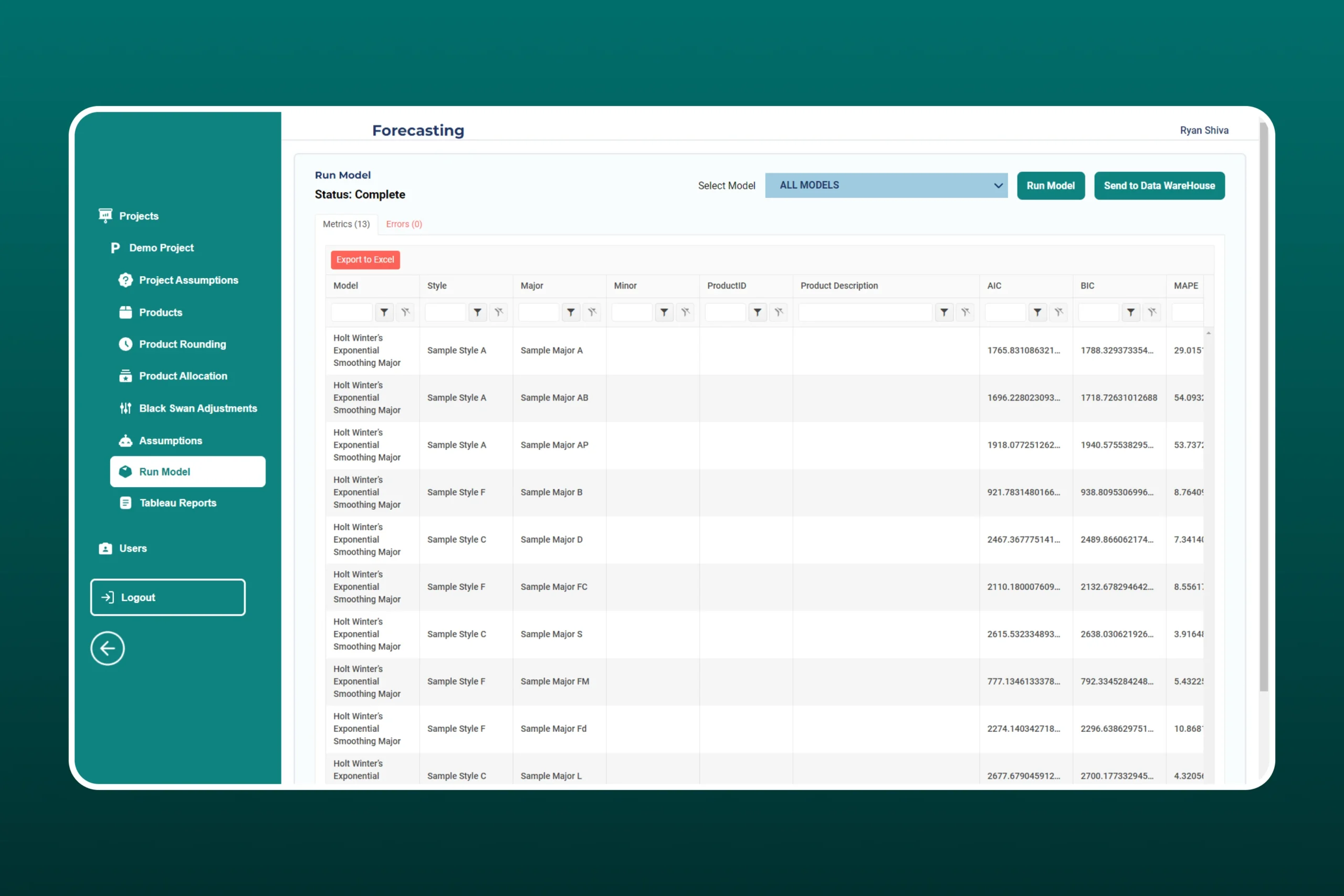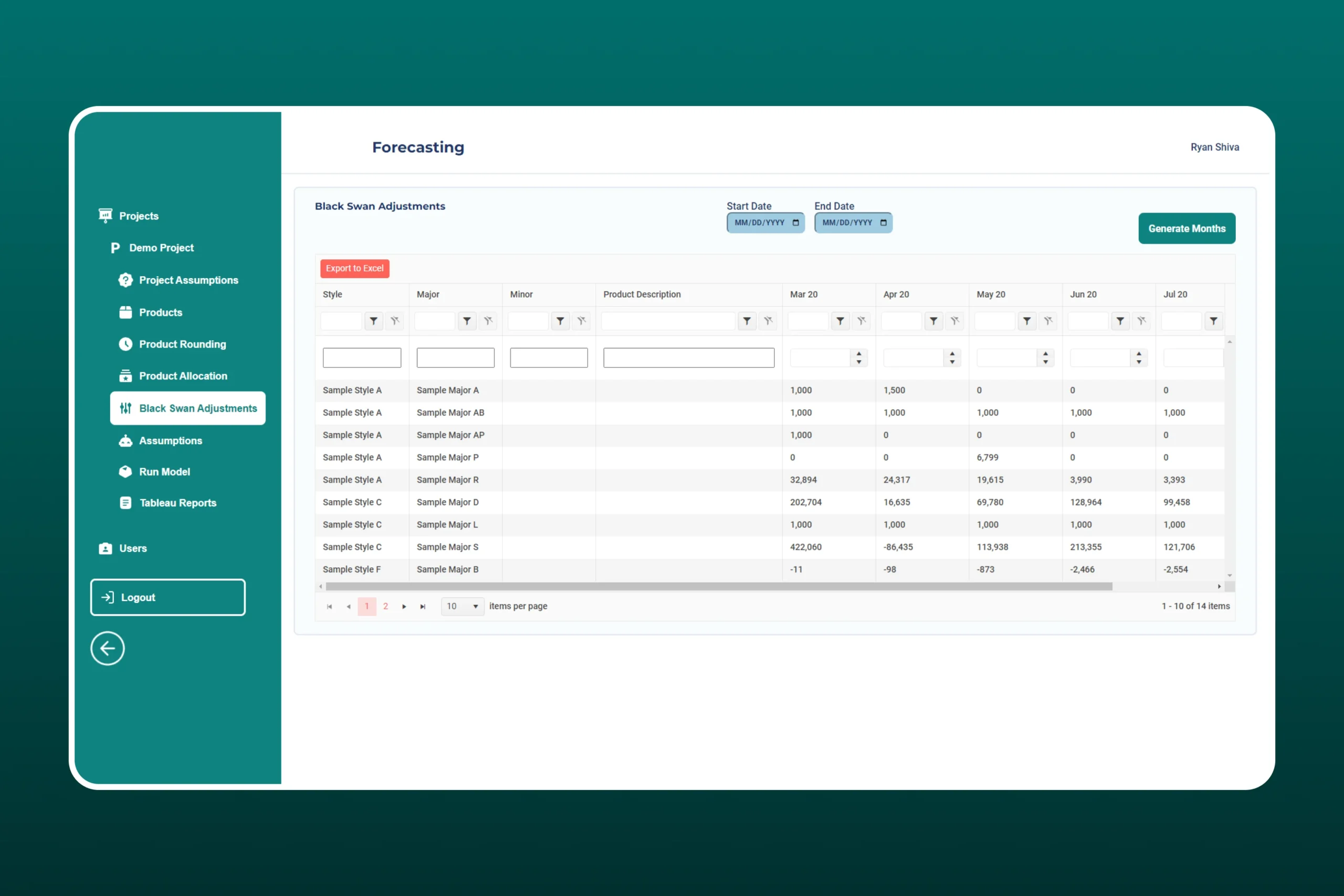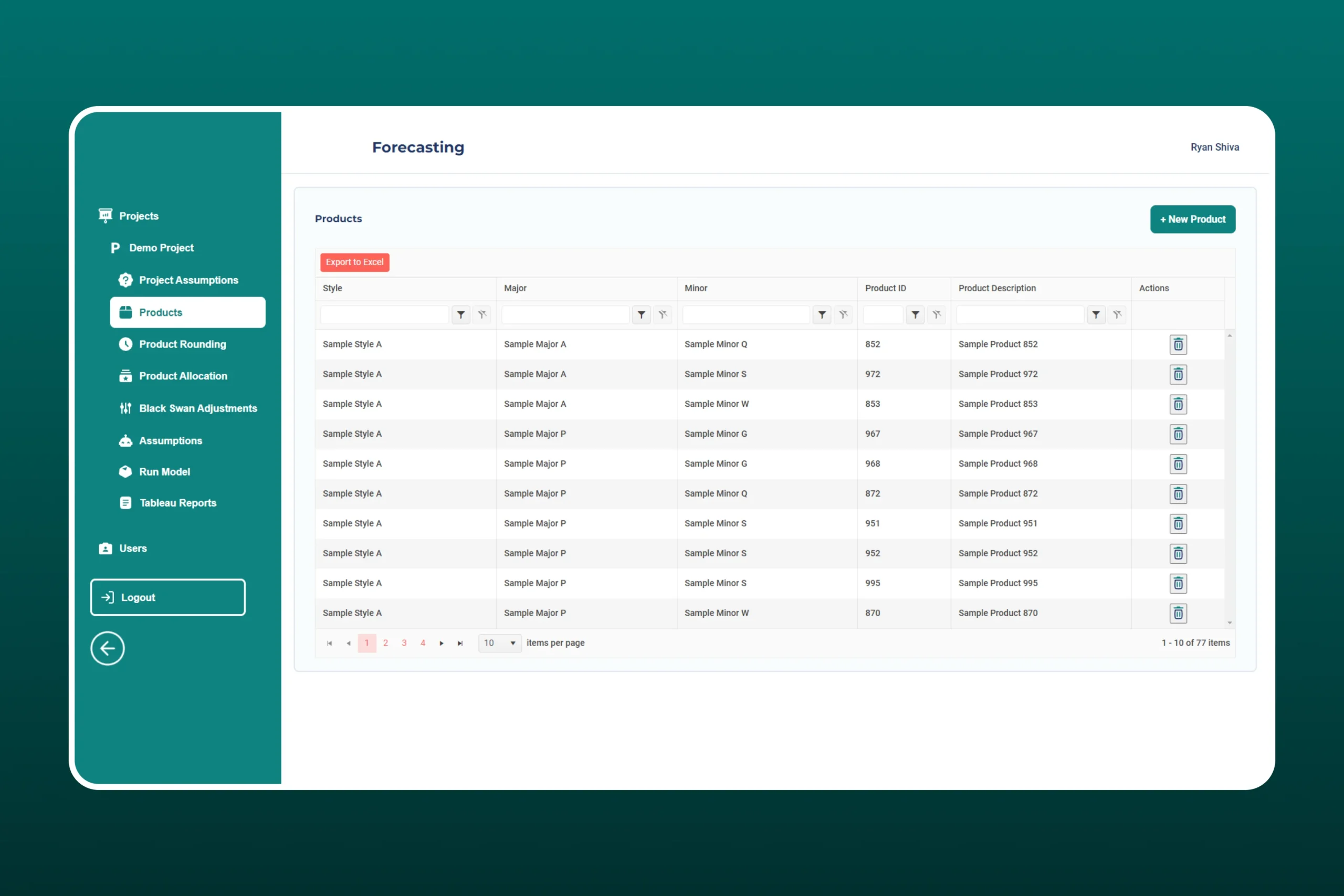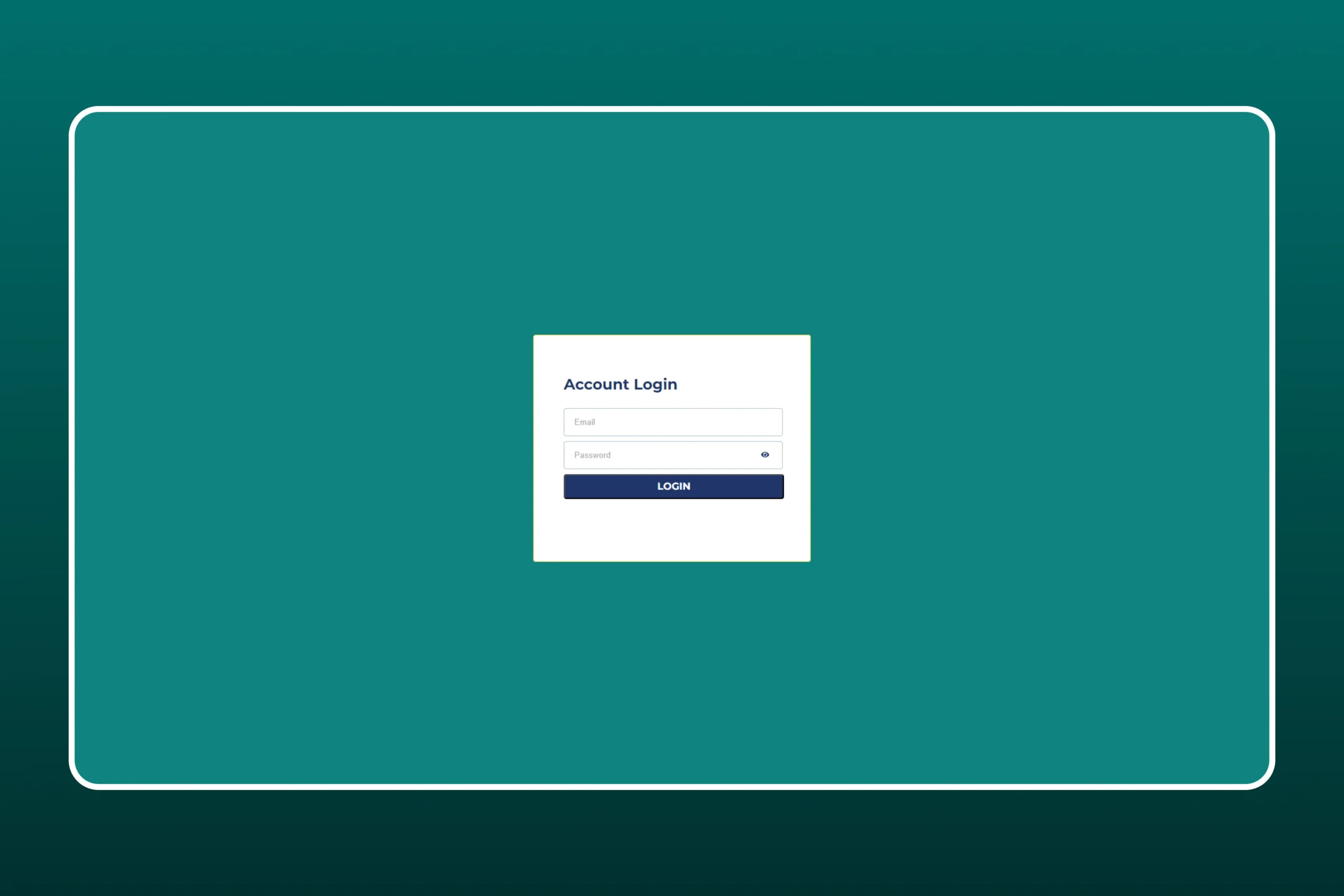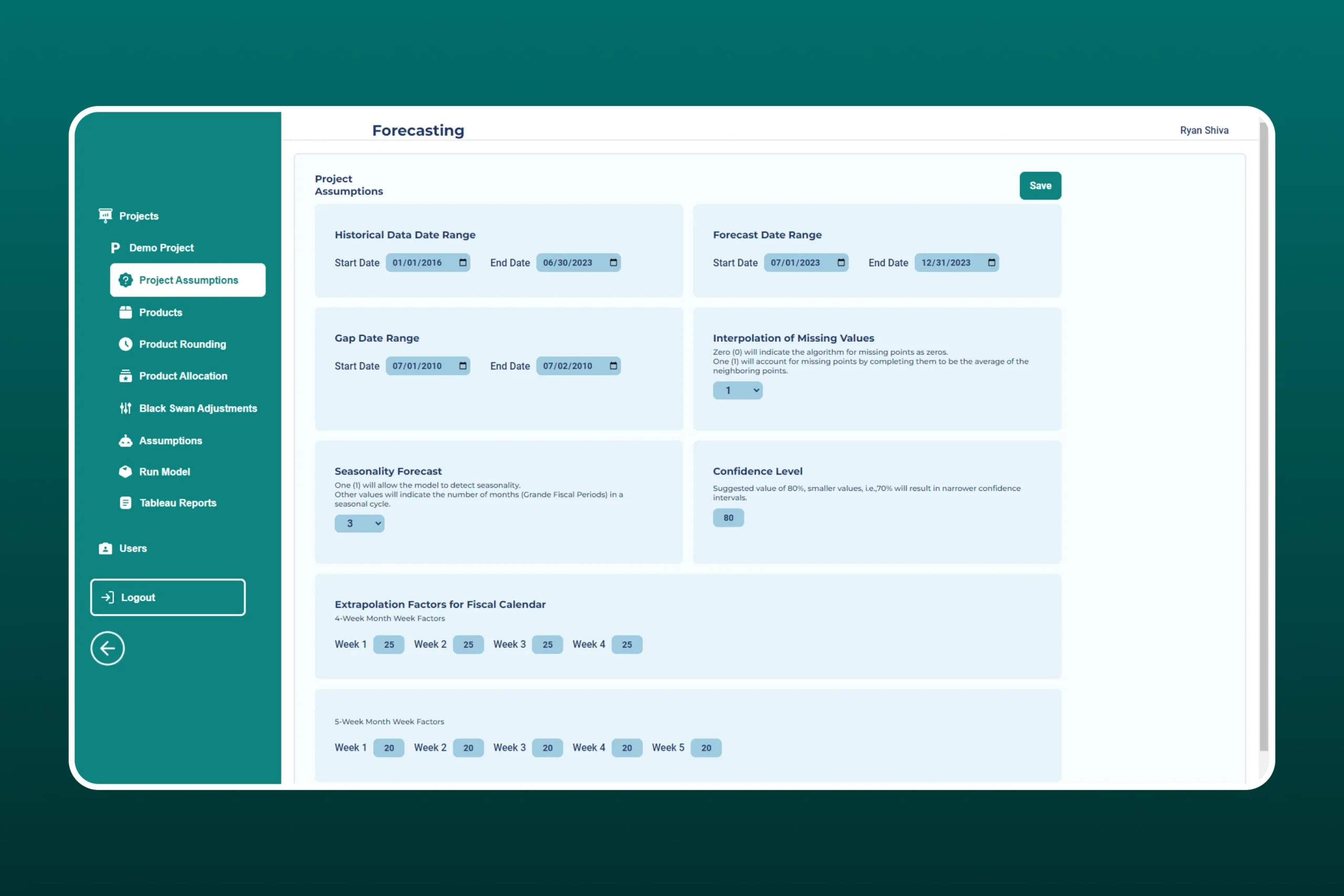Our client, a renowned artisan in the dairy industry, has established a legacy of crafting exceptional Italian cheeses. Their expertise extends from traditional varieties to contemporary favorites, catering to top-tier pizzerias and Italian eateries nationwide. Beyond their famed cheese products, they also innovate in specialty whey ingredients, enhancing the nutritional and textural qualities of various food products. At the core of their operations lies a commitment to sustainable practices, community engagement, and environmental stewardship, making them a distinguished example of excellence and responsible business in the dairy sector.

